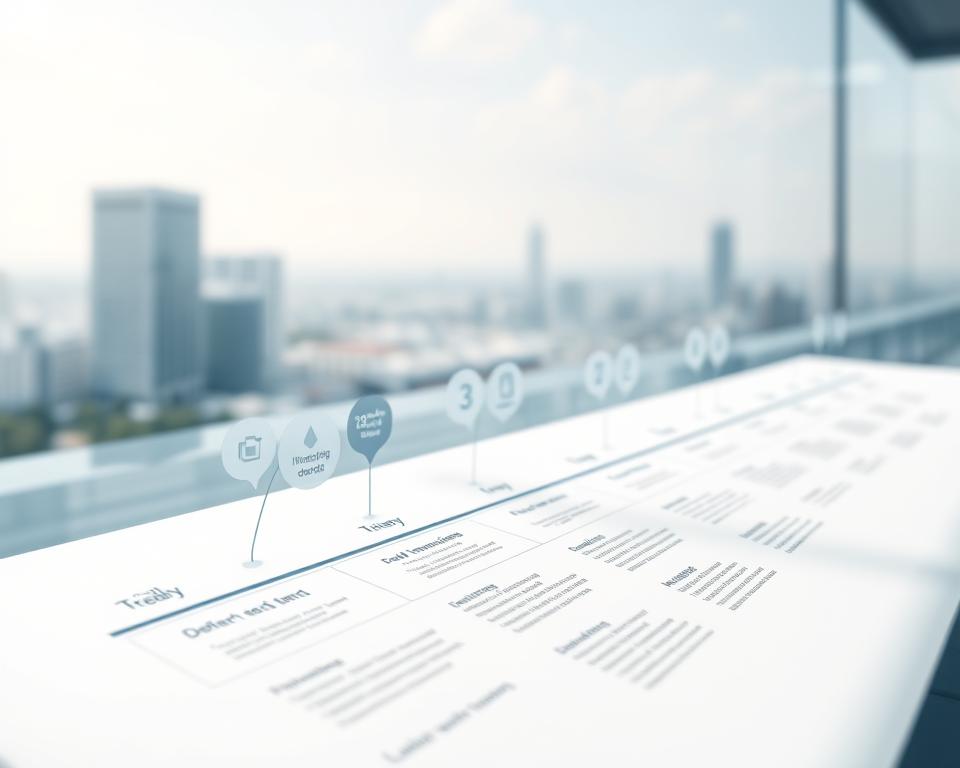Anúncios
In today’s unpredictable world, the importance of having an emergency savings plan cannot be overstated. The past few years have taught us that financial stability is delicate and easily disrupted. Natural disasters, job losses, and unexpected medical bills can strike without warning, leaving many individuals in precarious situations. Therefore, creating a financial safety net is no longer just a suggestion; it has become a necessity.
An emergency savings plan serves as a critical financial safety net. It helps you cover unexpected expenses without resorting to credit cards or loans, which often come with steep interest rates. By proactively saving up, you can maintain your financial health, even when faced with unplanned emergencies. This financial buffer provides a sense of security that is invaluable in today’s volatile economic climate.
Moreover, having an emergency savings plan significantly reduces stress. Knowing that you have funds set aside specifically for emergencies can bring much-needed peace of mind during challenging times. This psychological comfort can act as a stabilizing force, helping you make better decisions during crises and keeping panic at bay when emergencies arise. It reinforces the idea that you have control over your finances, even when life takes unforeseen turns.
Bankruptcy and financial instability are often direct consequences of inadequate savings. Many people live paycheck to paycheck and lack the means to handle unforeseen costs. This precarious lifestyle can lead to a downward spiral of debt and financial ruin. An emergency fund acts as a protective buffer, shielding you from potential disasters that could derail your financial future.
Understanding what constitutes an emergency is a critical component of establishing a solid savings plan. Emergencies can encompass a wide range of situations, including job losses, medical emergencies, car repairs, or urgent home repairs. By identifying these situations, you can prepare for them effectively and determine how much you need to save. The clearer you are about what qualifies as an emergency, the better you can focus your savings efforts.
Financial experts generally recommend saving three to six months’ worth of living expenses in your emergency fund. Such a buffer provides ample time to recover from a crisis without derailing your financial future. This savings cushion offers you the opportunity to find a new job, manage unexpected expenses, or make necessary repairs without plunging into debt. The three-to-six-month guideline serves as a sound foundation for evaluating how much you might need to safeguard your financial well-being.
Creating an emergency savings plan isn’t merely about saving money; it’s about fostering a mindset geared toward financial responsibility. By prioritizing saving, you cultivate habits that lead to better overall financial health and greater long-term stability. This shift in mindset can transform your approach to finances, making you more intentional about your spending and saving habits.
You might wonder where to start when building your emergency fund. A prudent first step is to assess your current expenses. Take the time to analyze how much you spend monthly on essentials like housing, food, transportation, and other fixed costs. This analysis will guide you in determining a realistic savings goal that aligns with your financial landscape.
Setting specific and achievable goals is crucial when creating your emergency savings plan. If saving three to six months’ worth of expenses seems overwhelming, start with smaller, manageable objectives. Aim to save one month’s worth of expenses first, then gradually increase that amount as you become more comfortable with saving. Breaking it down into smaller milestones can provide motivation and help you build momentum.
One effective method to enhance your savings is to automate the process. Consider setting up direct deposits from your paycheck into a separate savings account specifically designated for emergencies. This strategy not only ensures that you save consistently but also eliminates the need for willpower. By automating your savings, you can unconscious make progress toward your financial objectives.
Choosing the right savings account is also essential when building your emergency fund. An account that offers a high interest rate can help your savings grow more quickly, making it easier to reach your goals. Look for options that enable easy access to funds without penalties for withdrawals, as you’ll want to ensure you can access your savings when emergencies arise.
In addition to traditional savings accounts, consider utilizing mobile apps designed to help with budgeting and saving. Many financial tools provide valuable insights into your spending habits and can link directly to your bank accounts. These resources can keep you accountable and motivated as you work toward your savings goals, allowing you to track your progress easily.
When evaluating your budget, identify areas where you can cut costs or optimize spending. Perhaps you have subscriptions that you no longer use or dining out expenses that can be reduced. Every dollar saved adds up and can be redirected to your emergency fund. Being diligent about your spending can lead to significant savings over time, allowing you to build your fund more rapidly.
Additionally, be intentional about using windfalls wisely to accelerate your savings. Tax refunds, bonuses, or monetary gifts can provide significant boosts to your emergency fund if allocated correctly. Rather than impulsively spending these windfalls, consider saving a substantial portion, which can lead to quicker achievement of your savings goals. This proactive strategy can substantially improve your financial cushion.
It’s vital to remember that life’s unpredictability means your financial needs may evolve over time. Regularly reassessing your emergency savings plan ensures it remains relevant and effective. As your life circumstances change—whether through changes in employment, family dynamics, or housing situations—so will the amount you may need in emergencies. Keeping your savings plan up-to-date is essential to maintaining adequate financial protection.
A common misconception regarding emergency funds is that they remain static throughout your life. In reality, your expenses may fluctuate over time, and thus so too should your savings goals. Regularly updating your savings objectives ensures you are adequately protected against unforeseen circumstances, eliminating any potential gaps that could leave you vulnerable.
Once you’ve established a routine for saving, consider starting additional savings for other financial goals. While emergency savings are critical, they should remain distinct from other savings aims, such as vacations, home purchases, or retirement plans. However, having a strategic plan for each financial aspect improves your overall financial stability, allowing you to work toward multiple goals concurrently.
Sometimes, the thought of saving can feel like a daunting task, especially if your financial situation is already tight. It’s essential to break your goals into manageable steps, as small, consistent efforts are far more achievable than attempting to save large amounts at once. Building your emergency fund should be seen as a gradual process rather than an overwhelming challenge.
Visualizing your progress can also be an invaluable tool to keep you motivated. Keeping track of your savings through charts, graphs, or apps can provide a sense of accomplishment and encourage continued contributions. Recognizing your milestones along the way reinforces your commitment and inspires you to continue striving toward achieving larger financial goals.
Another essential aspect of financial planning is knowing when and how to access your emergency fund. Use these funds strictly for emergencies as defined in your plan. This discipline ensures your savings are preserved for times of true need and prevents you from eroding your financial safety net by spending impulsively on non-emergency expenses. Establishing clear guidelines for usage can protect you during times of genuine financial distress.
As you build your emergency savings plan, it’s vital to educate yourself on financial literacy. Understanding how to manage your money effectively empowers you to make informed decisions that align with your financial goals. Knowledge is a powerful tool in securing your financial future, enabling you to navigate the complexities of financial management with confidence.
Lastly, don’t underestimate the power of support from family and friends during your savings journey. Sharing your financial goals with your loved ones can significantly increase your accountability. Having people who cheer you on can make the journey of saving more engaging and less isolating. Their encouragement can transform a potentially lonely process into one marked by shared success and camaraderie.
In conclusion, an emergency savings plan represents a fundamental aspect of responsible financial management. In light of life’s unpredictability, having this safety net can safeguard you against the financial hardships that can unexpectedly arise. Begin the journey small, remain committed to your goals, and watch as your confidence and financial security grow as you protect your financial future. The steps taken to establish this plan will lay the foundation for a more stable and secure financial life ahead.



